Thousands of abandoned military bunkers remain hidden in the mountains of Switzerland
The bunkers have been reimagined for all kinds of purposes. Here, the Hotel La Claustra has turned a former bunker into a restaurant in the St. Gotthard mountain pass.

Cyclists spin right past the Hotel La Claustra, hidden in its former bunker home.
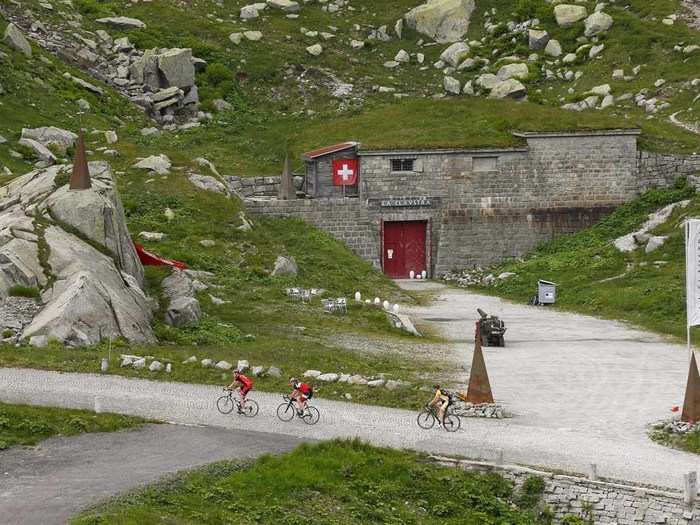
The Urserental Valley spreads out below a camouflaged canon at the Fuchsegg artillery fortress near the village of Realp. The Fuchsegg fortress, situated in the central Swiss Alps, was built in 1943 and remained in military use until 1993.
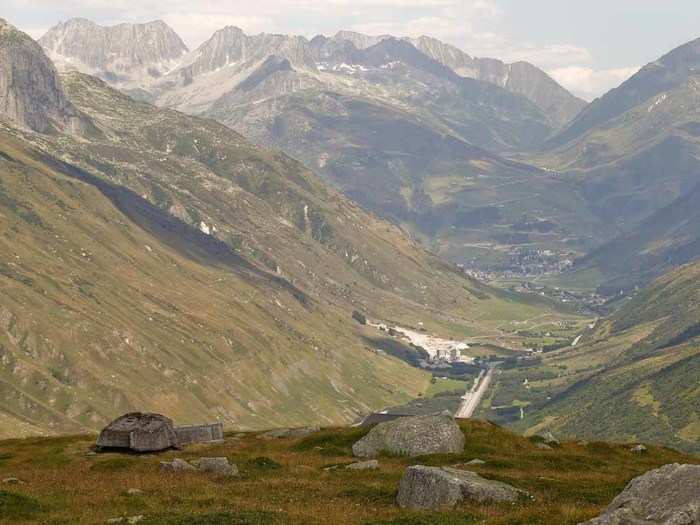
A machine-gun bunker, part of the Fuchsegg fortress, blends into this alpine meadow as an ordinary stable.
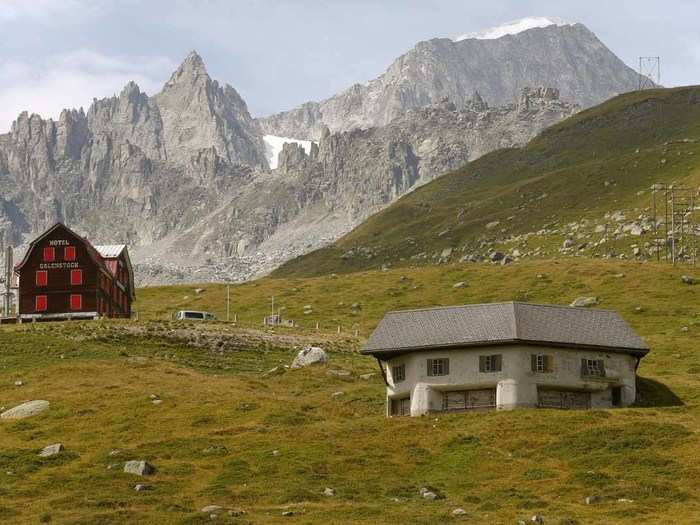
This was once used as an artillery control room in a bunker at a former fort in the town of Faulensee.
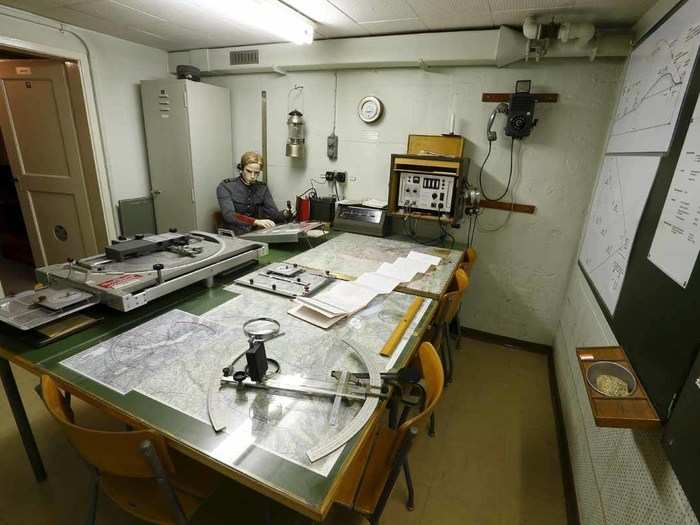
A tunnel connects the bunkers at the Faulensee artillery fort.
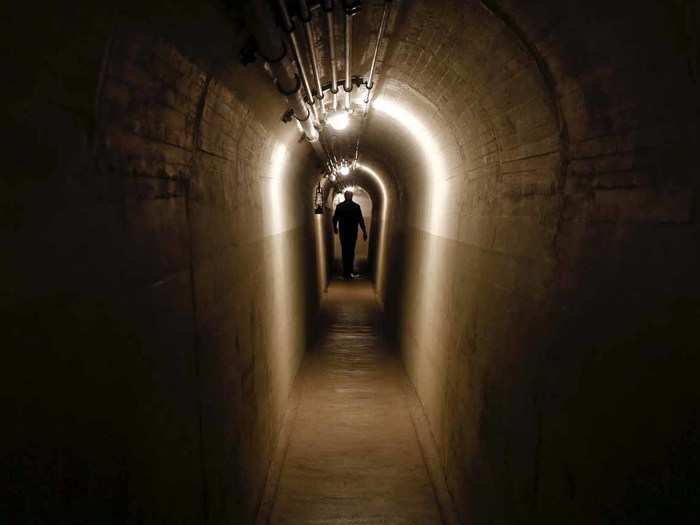
A 10.5cm gun stands unused in a bunker at the Faulensee fort.
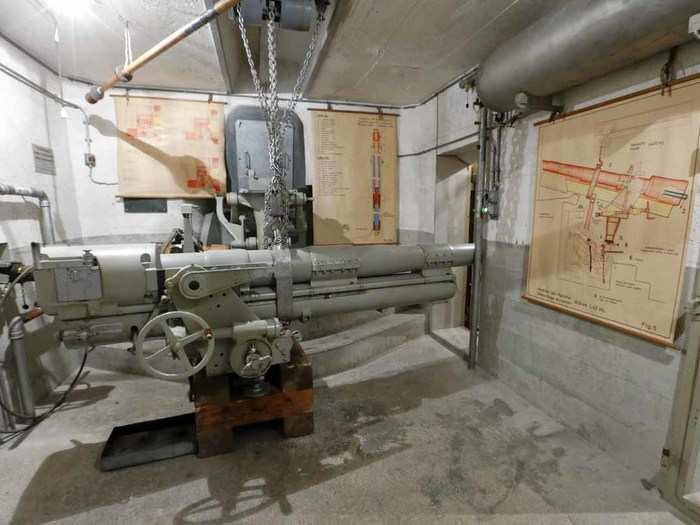
Switzerland's national flag is painted on a spare muzzle of a gun at the former fort.
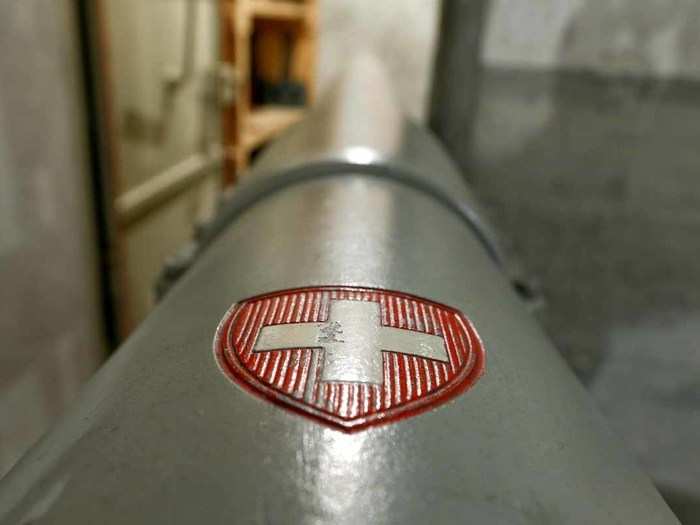
Cows wander the meadow in front of the former artillery fort, oblivious to the inactive gun pointed into their midst.
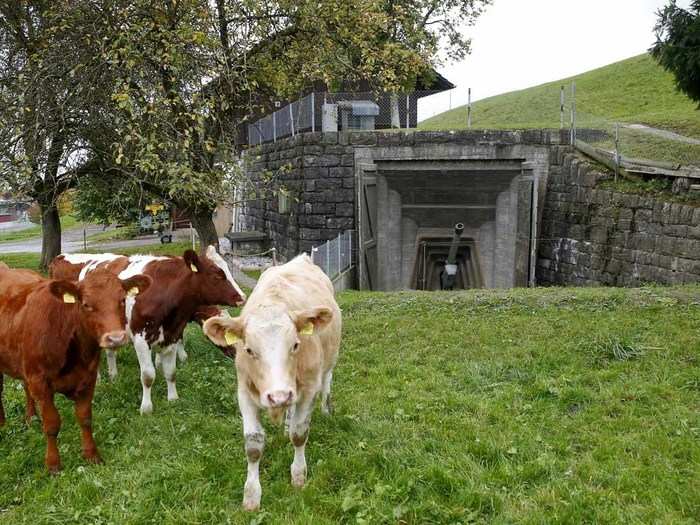
Camouflaged bunkers (in the foreground) take the form of houses in the town of Faulensee.
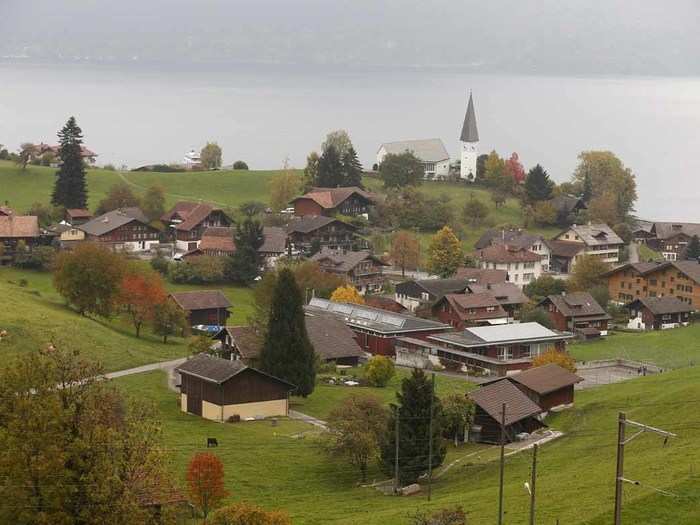
At the Sasso da Pigna artillery fortress, the muzzle of a 15cm gun disappears into the mountainside. Built in 1941, the fortress is up 6,909 feet on the St. Gotthard mountain pass. It remained in military use until 1999. In 2012, it was opened to the public as a museum.
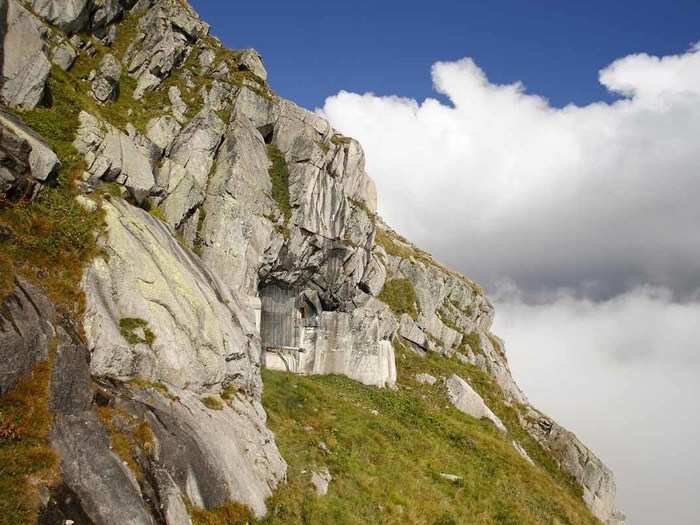
A flag flies in the fog over an entrance to the mountainous Sasso da Pigna fortress.
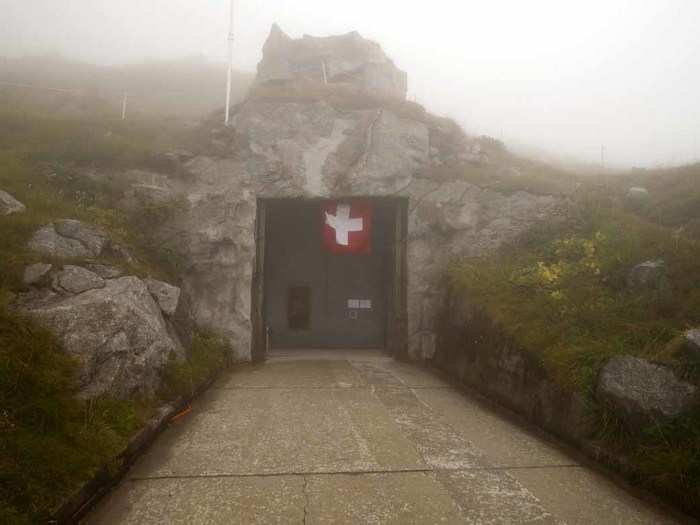
This sign at the Sasso da Pigna fortress reads "Military site — entering and photography forbidden."
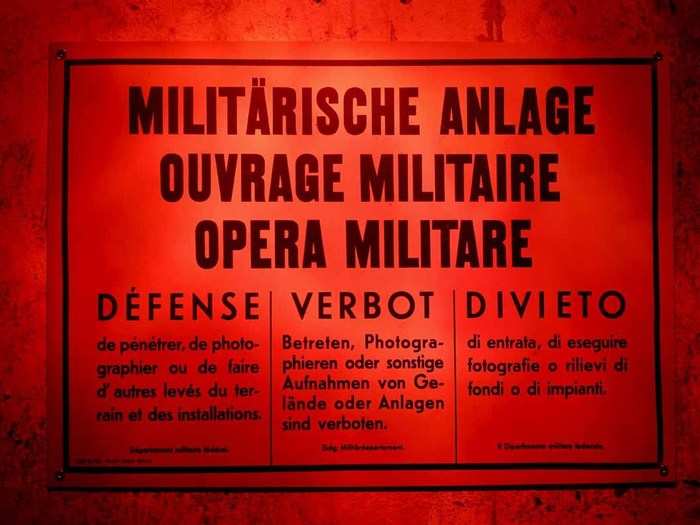
A former infantry bunker near the town of Duggingen masquerades as a medieval house, reflected here in a roadside mirror.
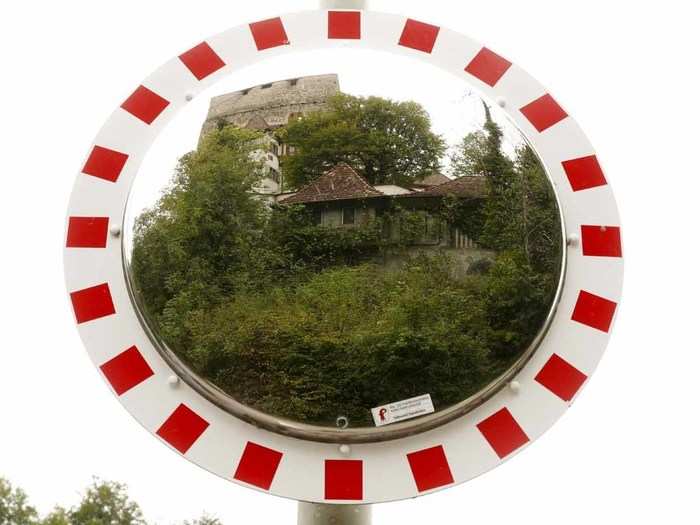
The now-empty former infantry bunker looks perfectly harmless from the outside.
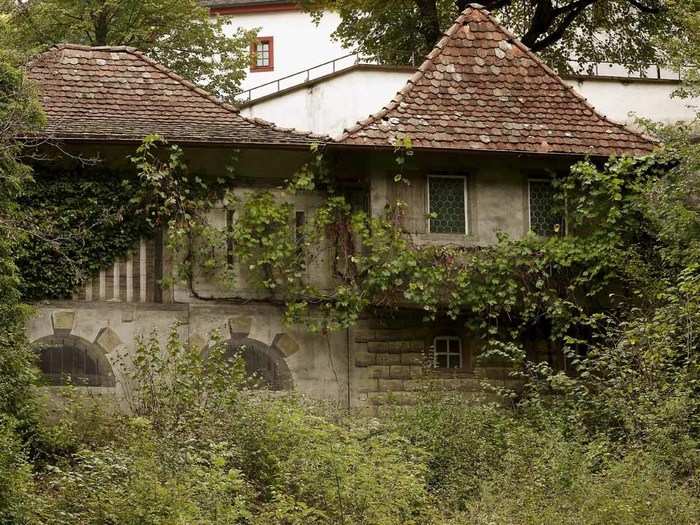
Roots have grown up and over its windows.
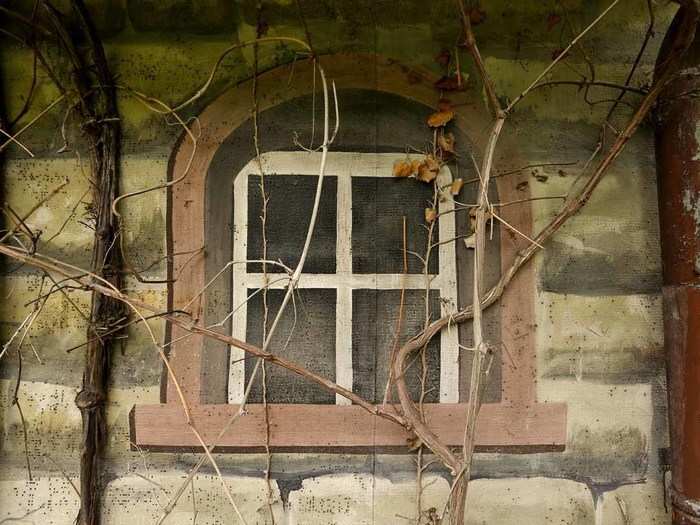
A bunker at a former artillery fortress called Heldsberg stands near the town of St. Margareten. The Heldsberg fortress is on the Swiss-Austrian border near the River Rhine and Lake Constance. It was constructed from 1938 to 1940, and deactivated in 1992. Now, it's a museum.
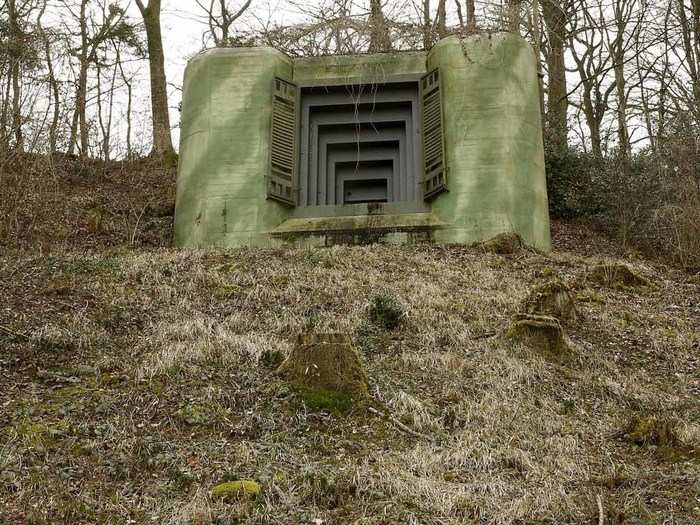
Don't be fooled by the mystical lighting: this is a view of bunkers at former artillery fortress Reuenthal, seen on a hill near the village. Situated near the Swiss-German border, the Reuenthal fortress dates to 1937, although it was converted to a museum in 1989.
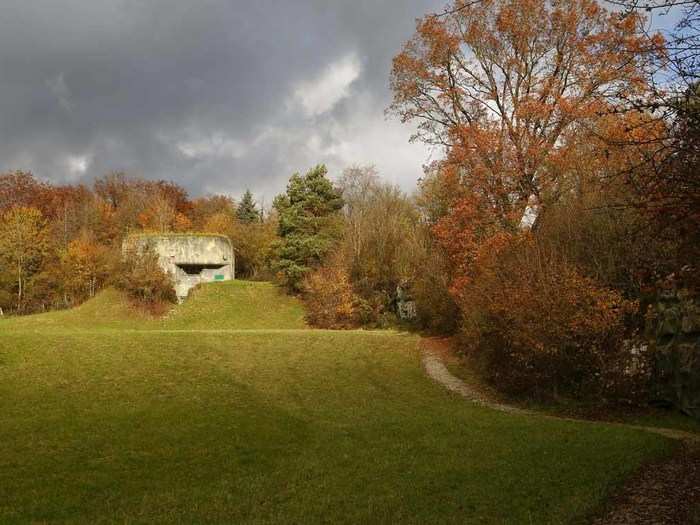
Barbed wire protects the Reuenthal bunker from casual passersby.
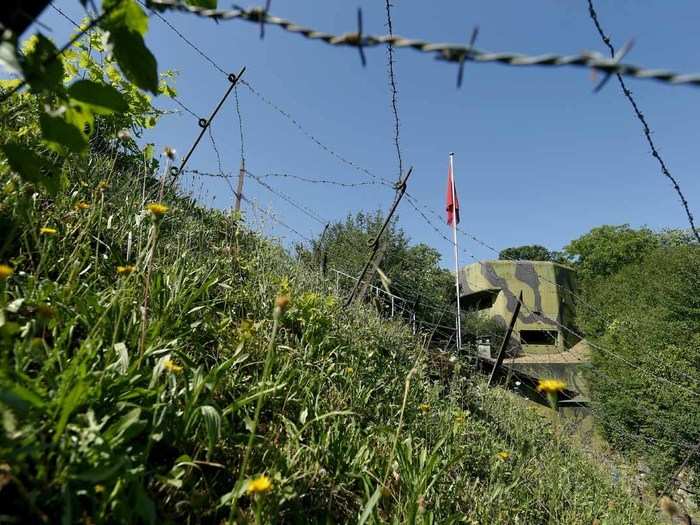
This room inside the Reuenthal fortress was used as an operating room.
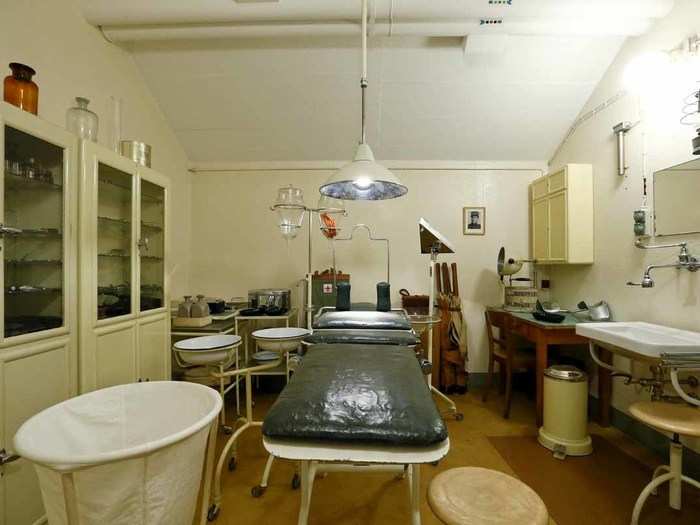
Now this is an unusual second life — the former ammunition bunker in the town of Giswil is now home to a cheese-maker. In this image, large wheels of raclette cheeses made by Swiss cheesemaker Seiler Kaeserei AG mature in storage racks. Raclette is a traditional part of Swiss cuisine.

Food storage is a popular use for the structures. Here, Alex Lussi of Swiss mushroom producer Gotthard-Pilze picks a shiitake mushroom inside a former ammunition bunker near the town of Erstfeld.
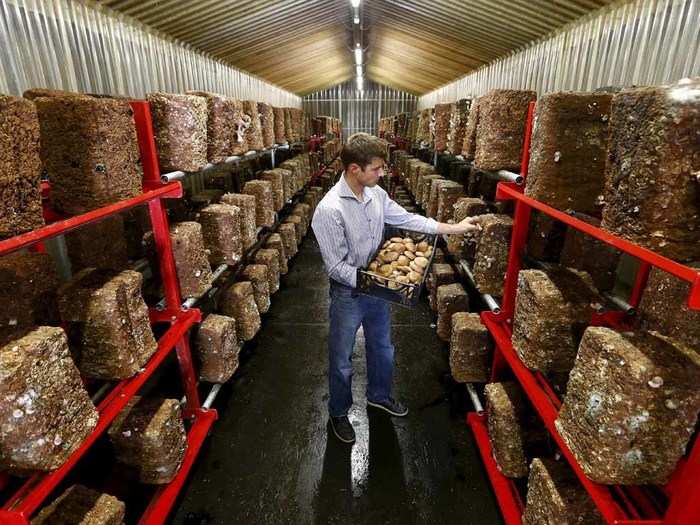
At the fort of Furggels near the village of St. Magrethenberg, the muzzle of a 15cm gun peeks out of the bunker. Artillery fort Furggels was in military use from 1946 to 1998 and is now open to the public as a museum.
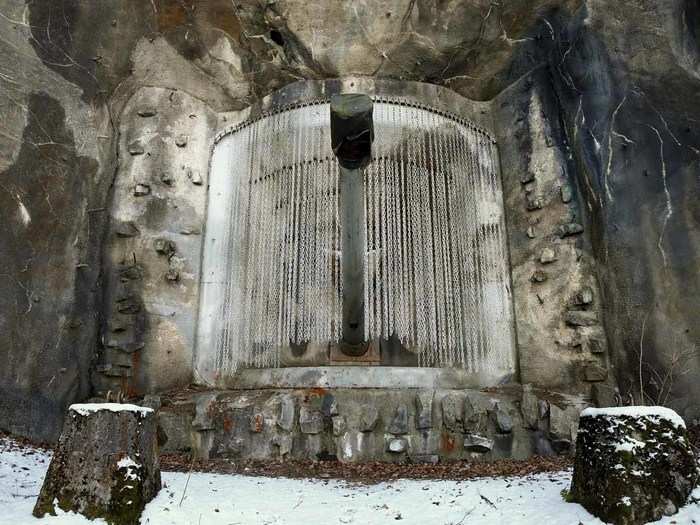
Chains camouflage the bunker at Furggels.
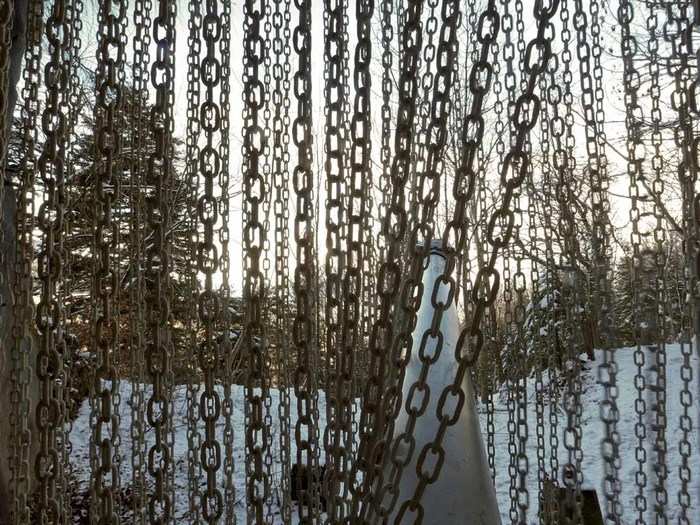
A camouflaged 10.5cm gun at the former artillery fort Furggels is seen near the village of St. Magrethenberg.
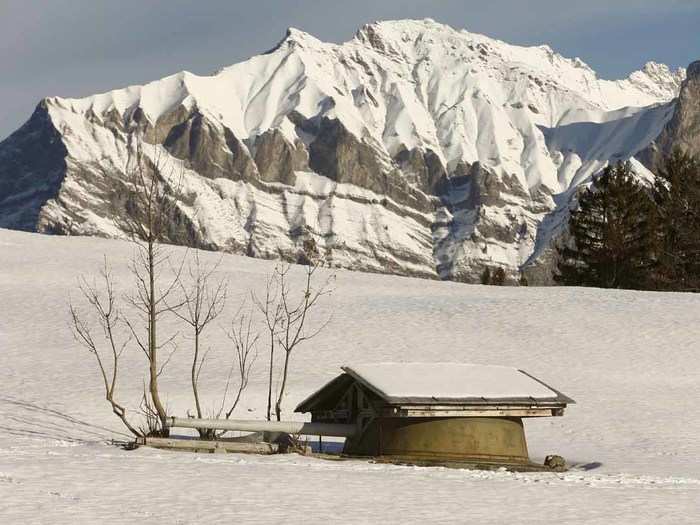
Popular Right Now
Advertisement